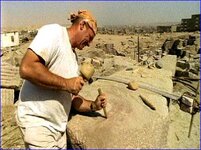- Messages
- 649
- Reactions
- 821
- Thread Starter
- #261
At least you're in agreement with Solomon, It's all pissing in the wind!I personally didn't see any personal attacks I only saw tongue in check comments. When I see those, it's someone's choice to pick up the offense or let it lie like the pile of poo it is. IMO













